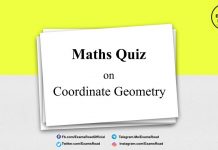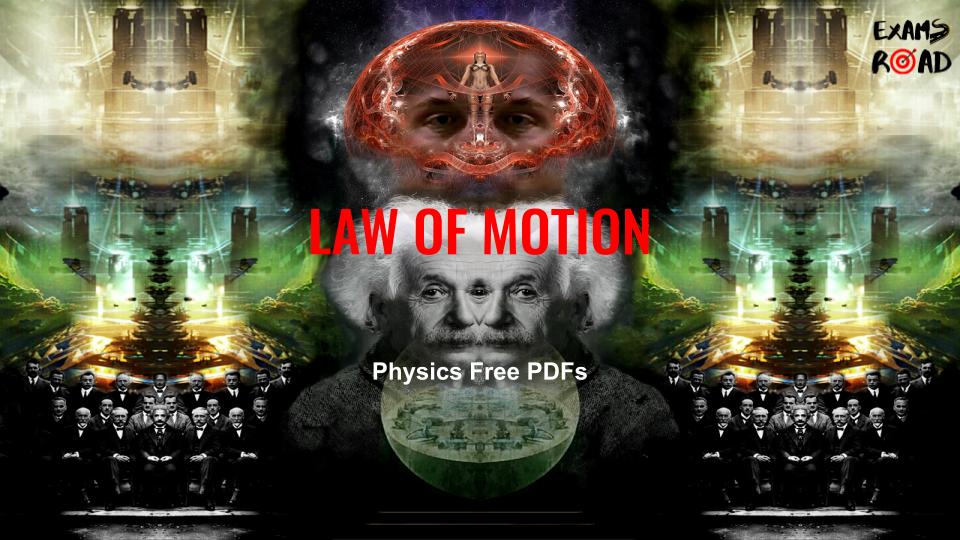Conic Sections: Parabola Hyperbola Ellipse and Circle
One of the most important topics in Geometry is conic sections. Not only this, there are universal applications of conic sections. For example, the equation of ellipse plays a key role in calculating the earth’s orbit around the sun. In mathematics, there are various types of conic sections that can be defined based on the angle created by the plane and the intersection of the right circular cone with it.
Let’s discuss the types of conic sections, their standard equations and eccentricities, and parameters in detail
What are Conic Sections
A ‘conic’ curve is one that is formed by crossing a right circular cone with a plane. It has distinguished properties in Euclidean geometry. The vertex of the cone separates it into two nappes known as the upper and lower nappes.
Different types of conic sections are obtained depending on the position of the plane that intersects the cone and the angle of the intersection. Namely;
Circle
Ellipse
Parabola
Hyperbola
Curves can be found in your car’s rearview mirror or in the large circular silver ones at a metro station. Curves have vast applications everywhere, whether it is the research of planetary motion, the building of telescopes, satellites, reflectors etc. Conic sections are curves formed by the intersection of a plane with a double-napped right circular cone.
Conic Section Standard Forms
After the introduction of Cartesian coordinates, the focus-directrix property can be used to express the equations provided by the points of the conic section. We may put these equations into standard forms by changing the coordinates as well as the rotation and translation of the axes. In the standard case, hyperbolas and ellipses have the x-axis as the major axis and the origin (0,0) as the centre. The foci are (±c, 0) and the vertices are (±a, 0). The equations c2=a2 b2 for an ellipse and c2=a2 + b2 for a hyperbola are used to define b.
Since c = 0 for a circle, a2 = b2. For the parabola, the directrix is the line with the equation x = a, and the standard form has the focus on the x-axis at the point (a, 0). The parabola will always pass past the origin in standard form.
- Equation of Parabola: y2=4ax when a>0
- Equation of Circle: x2+y2=a2
- Equation of Ellipse: x2/a2 + y2/b2 = 1
- Equation of Hyperbola: x2/a2 – y2/b2 = 1
Focus, Eccentricity and Directrix of Conic
The locus of a point P moving in the plane around a fixed point F known as the focus (F) and a fixed line d known as the directrix in such a way that the ratio of the distance of the point P from the focus F to the distance of the point P from d is a constant e known as eccentricity. Now,
- The conic is a circle if the eccentricity, e=0.
- The conic is an ellipse if ‘e’ is greater than 0 and less than 1 (0<e<1).
- The conic is a parabola if eccentricity (e) is equal to 1 (e=1).
- And it’s a hyperbola if eccentricity (e) is greater than 1 (e>1).
Therefore, eccentricity is a measurement of how much the ellipse deviates from being circular. Assuming that the cutting plane’s angle with the axis is and that the angle between the cone’s surface and its axis is, the eccentricity is;
e = cos α/cos β
Parameters of Conic
Apart from focus, eccentricity and directrix, there are a few other parameters described under conic sections.
- Principal Axis: A line that connects the two focal points or foci of an ellipse or hyperbola. Its midpoint is the curve’s centre.
- Linear Eccentricity: The distance between a conic section’s focus and its centre.
- Latus Rectum: A chord of a conic section that runs parallel to the directrix and passes through a focus.
- Focal Parameter: The distance between the focus and the corresponding directrix.
- Major axis: The chord connects the two vertices. It is an ellipse’s longest chord.
- Minor axis: The ellipse’s shortest chord.


















